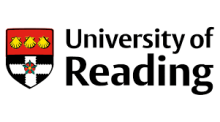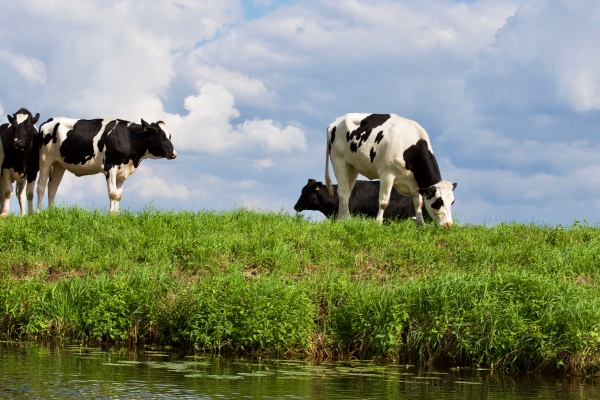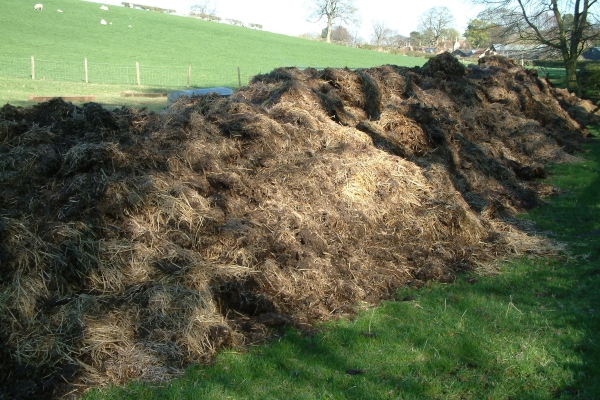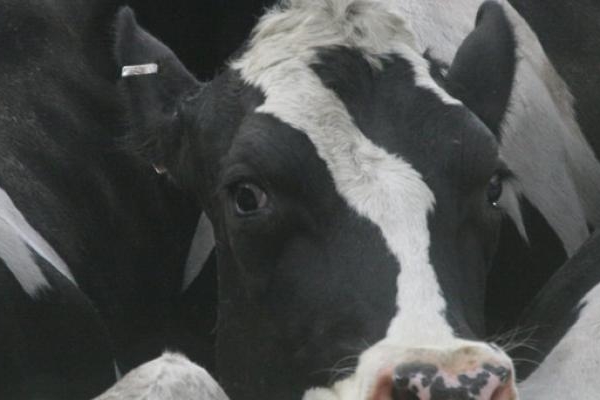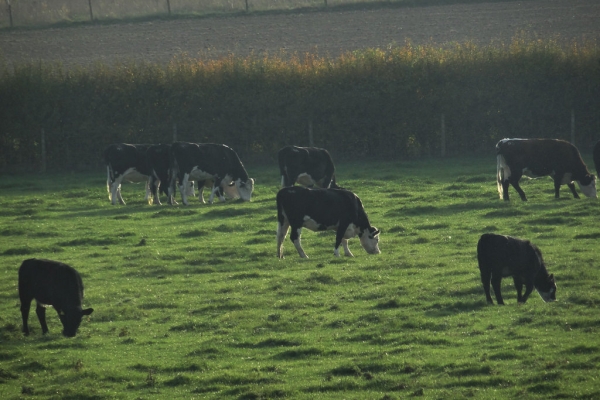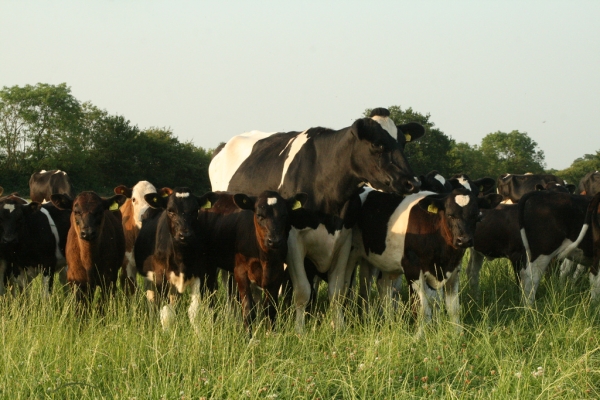Dairy farms needed in project to find best practices to reduce phosphorus loss
Research indicates that farm-gate phosphorus (P) surpluses are common on UK dairy farms. By reducing these P surpluses and consequently P losses, we could reap the benefits of minimised environmental impact, improved P use efficiency and subsequently reduced feed costs. But how do farmers reduce P losses on dairy farms?
Research continues to emerge that indicates P surpluses across UK dairy farms. Farm-gate P balances are used to monitor the P lost from a farm to the environment, with a greater P surplus indicating greater P loss to waterbodies to cause eutrophication. A farm-gate P surplus occurs when more P is imported into the farm (i.e. feed, fertiliser and bedding) than is exported out of the farm (i.e. livestock, milk and manure). Amongst this research is the first objective of my PhD project, which was a survey for UK dairy farmers, nutritionists and advisers. The survey results are currently unpublished but indicated excess P is being imported onto dairy farms in feed.
Implementing practices to reduce the P surplus on your dairy farm could reduce eutrophication caused by P loss but could also increase P use efficiency, reduce feed costs and slow the rate we deplete our limited global P reserves, by using it more sustainably. However, there is limited data in the UK that investigates the best practices to reduce P losses from dairy farms. Therefore, we need to question; what are the best practices to reduce P losses?
What is the project?
The second objective of my AHDB (Agriculture and Horticulture Development Board)-funded PhD project with the University of Reading and in collaboration with Harper Adams University aims to contribute towards this limited UK data to identify the best practices to reduce P losses. However, we need your help! We are currently recruiting and looking for 50 dairy farms across the UK, with recruitment closing March 2020 or until the number of farms is met.
What would be asked of you?
Participating farms are being asked to complete a simple form (either electronically online or via pre-paid post) to collect data on the amount of annual P being imported into and exported out of their farm (i.e. livestock, feed, fertiliser and milk). In cases where the P content of feeds, manure and soil is unknown, single farm visits to collect such samples for analysis are arranged. These visits will take approximately 1 hour and will typically occur between September 2019 and March 2020.
How would getting involved benefit you?
Dairy farmers are encouraged to sign up to the project with a key incentive being the provision of a report on your farm’s P performance (i.e. P balance and P concentrations of soil, manure and dietary P) to help identify areas to improve P efficiency on the farm. Additionally included in this report is anonymised data of all participating farms to allow participants to benchmark their performance. Furthermore, participants will receive the project’s findings, which aim to identify the best practices to reduce P loss.
The project has been reviewed by the University’s research ethics committee. Participation is completely voluntary. Data and samples will be stored securely at the University of Reading and destroyed at project end. Published data will be anonymous.
For more details or to get involved, please do contact me (b.harrison@pgr.reading.ac.uk).
Thank you very much for your time and cooperation.
Brad Harrison writes of himself:
“I have been studying in the field of animal science as far back as 2011 (a large proportion of my academic life). I am now currently in the second year of my AHDB funded PhD with the University of Reading. The PhD aims to identify the barriers to and facilitators for reducing phosphorus loss from UK dairy farms. Unbeknown to me at the time, this project would become my greatest challenge and yet also my greatest achievement. This is because in the UK, there is little literature on this subject area and therefore implementing the project has been difficult but highly rewarding. Aside from my PhD, I contribute to the Animal Dairy and Food Chain Science’s Journal Club at the University of Reading and I am a member of the British Society of Animal Science Early Career Council.”

